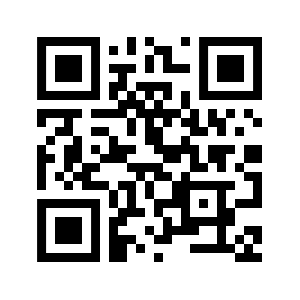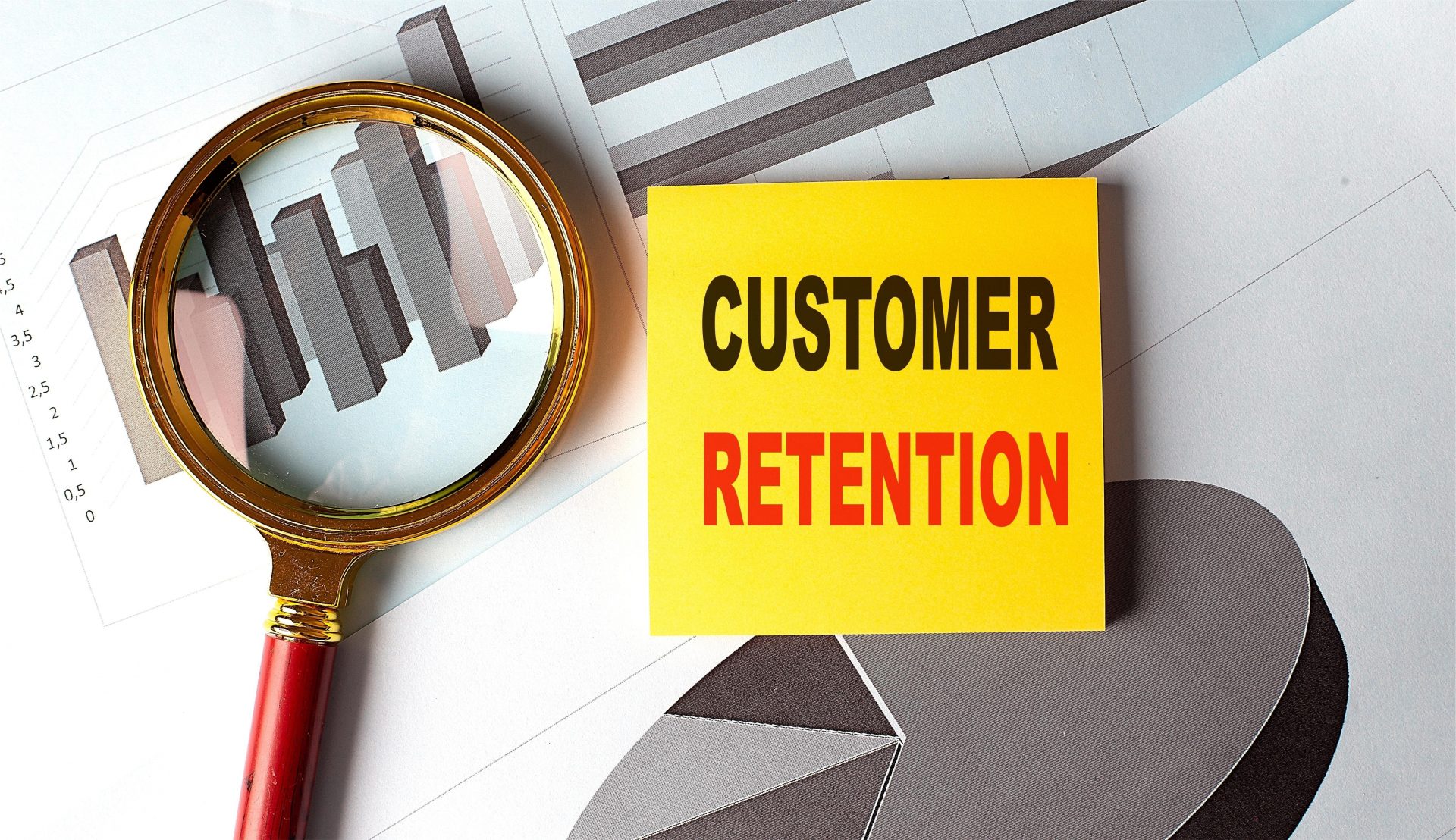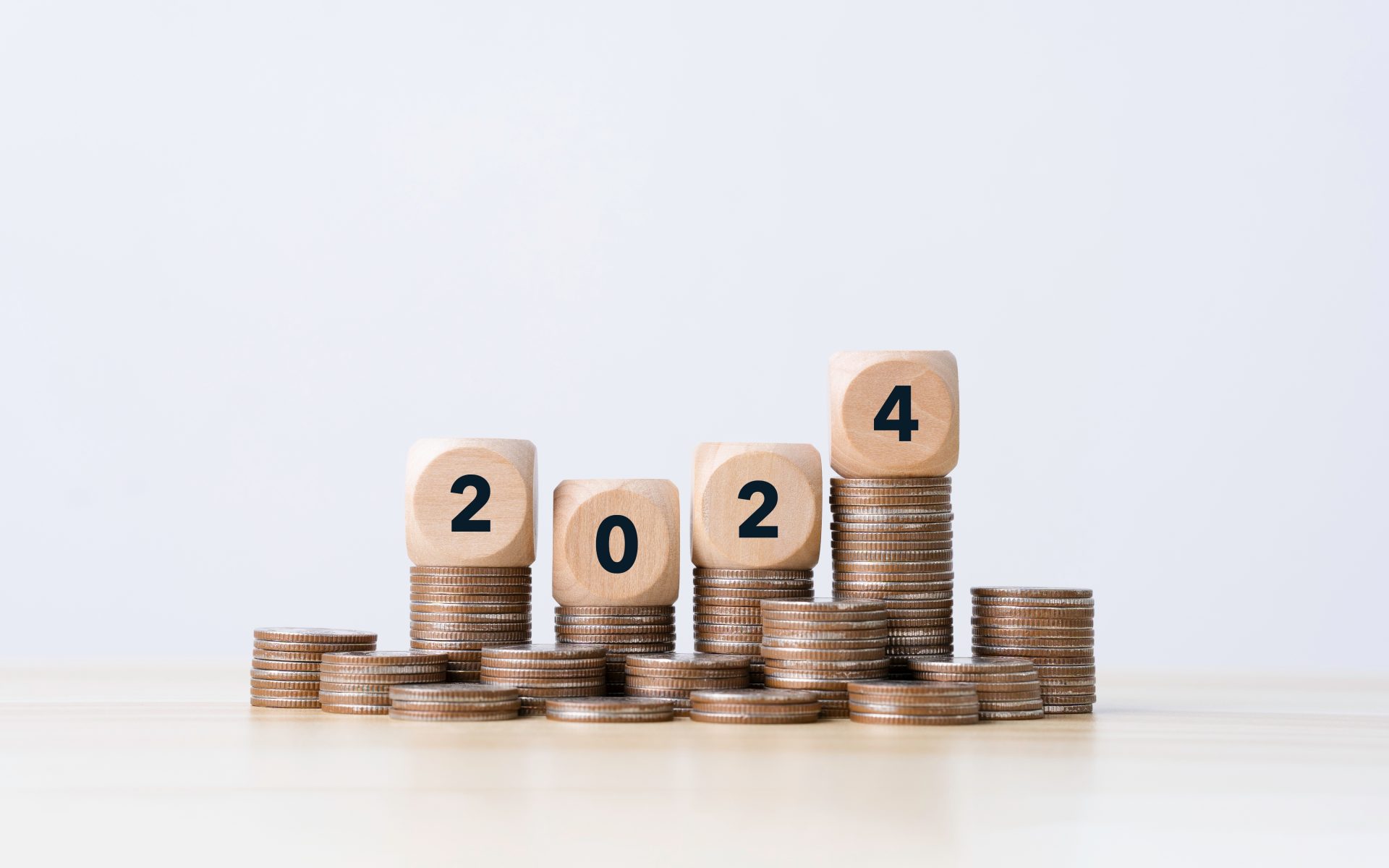Personal Line of Credit: Explained
Line of Credit is monetary support from Financial Institutions and Banks to Individuals, Government bodies, and businesses. LOC is different from a Personal Loan in its unique features and apt for immediate fund requirements with convenient interest rates.
The cash crunch is pretty common at the end of the month. Even after all financial planning, you might need the support of a personal line of credit for multiple reasons. Personal loans, Payday loans, or borrowings from contacts cannot be repeated several times due to their individual consequences.
So, the solution is a personal line of credit. We will explain the definition and all the relevant aspects around it in the blog for your reference.
What is a Personal Line of Credit?
A Personal Line of Credit is a pre-set borrowing where a loan amount can be used as a credit card. You can tap into it as per your requirement. The amount of withdrawal and time is totally at the borrower’s discretion until the maximum credit limit reaches.
If you repay the borrowed amount of the LOC, you can again take credit from that open personal line of credit.
In other words, a line of credit is an agreement between an individual or business and a bank or financial institution. The contract established the maximum amount one can borrow, and you can access the credit limit anytime according to requirements instantly until the upper ceiling of the credit line.
Advantages of Personal Line of Credit
- Instant access to funds in the time of emergencies and financial needs such as medical expenses, weddings, education, and many more
- Interest rates are charged on the amount used, not on the total credit limit. It makes interest rates comfortable in comparison with personal loans and credit cards.
- You can use LOC multiple times. It is convenient, affordable, and easier to bridge the fund deficiency.
- Borrowers can adjust their repayment amount and frequency according to the income and cash flow.
- A personal line of credit gives you flexibility with a corpus of the fund in your account as a backup.
How Line of Credit Works?
Banks and Financial Institutions decide the credit limit, interest rate, repayment, rules for borrowing again on the open line of credit, and other terms. Borrowers can take out part of the credit, payback, and borrow again. This flexibility has made the LOC, preferred mode of fund sourcing for businesses, individuals, and even government bodies.
A line of credit can be unsecured and secured. Lenders charge higher interest rates for an unsecured line of credit.
Unsecured LOC and Secured LOC
Most line of credit is unsecured in nature and available collateral-free. It means lenders do not keep any security to back your borrowings. The only secured LOC is the Home Equity line of credit, sanctioned against the home.
A personal line of credit is unsecured, and the borrower needs to have a strong financial track record. The credit score should be above 750 without any payments delay and defaults. An unsecured line of credit is easy to obtain, but lenders generally charge higher interest rates to compensate against its inherent risk factor.
Notable Point: If you spend more than thirty percent of the credit limit, your credit score gets affected.
Revolving and Non-Revolving Line of Credit
A line of credit is also referred to as a revolving account or open-end credit. Revolving LOC allows spending, repayment, and borrowing again to spend again. It goes on like a cycling process without an end. This is a significant difference between a line of credit and other financial products such as Home Loans, Personal Loans, etc.
Non-revolving line of credit works mostly similar to a revolving line of credit. Lenders provide credit limit, which you use as per requirement, repayment with the interest rate charged on the used amount. There is one distinguishing factor that makes both types different. The non-revolving line of credit does not replenish after payment. The account gets closed after the borrower makes all the payments and does not re-use.
Overdraft is a suitable example of a personal line of credit. Lenders provide OD facilities to customers linked to their savings accounts. Borrowers need to pay back overdraft with interest as with any line of the credit arrangement.
Types of Line of Credit
Personal Line of Credit
Banks and FIs consider customers for a personal line of credit based on their credit score, financial history, stable income source, and profile. The credit limit depends upon your repayment capacity, credit score, and no defaults or disputes.
Always maintain a credit score of 750 or above and get a personal line of credit for several personal purposes such as weddings, tours, car maintenance, medical emergencies, and more.
Other Types are Home Equity Line of Credit (HELOC), Demand Line of Credit, Securities-backed Line of Credit (SBLOC), Business Line of Credit
Limitations of Line of Credit
- A personal line of credit offers a bouquet of benefits. It is flexible, convenient and you pay interest on the amount used out of the credit limit. But to plan with comprehensive information, you need to know its limitations as well.
- Personal Line of Credit is unsecured in nature, so lenders charge higher interest rates.
- Annual Percentage Rate varies from lender to lender. It is the yearly interest generated by a loan account that’s charged to borrowers. APR is expressed as a percentage that represents the actual yearly cost of funds over the term of a line of credit.
- An open line of credit might lead to overspending. This could lead to payment delays and adverse effects on credit scores.
- The penalties for non-payment, over-spending, and defaults could be severe as LOC is not regulated as other financial instruments like Credit Cards.
A personal line of credit is a great option to fulfill your urgent financial requirements. But like every other financial product, it also has some limitations that you must consider before opting for the LOC. Refer to the passage, research, compare different lenders, and use credit limits wisely with timely repayment.






